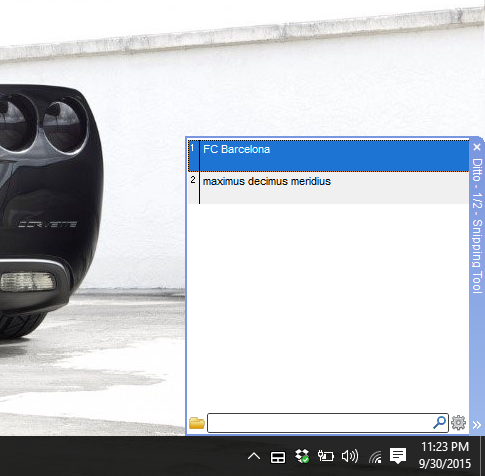While we hear about the word defrag, this guide will walk you through, the why, how, and when do I need to defrag?
Why Do I Need To Defrag?
As you continue to save a file, parts of the file is stored in another volume.
This does not affect the file at all at first but if files get bigger and are stored in the volume over time, your computer will start to look for the file in multiple places and thus, it slows down your computer.
The question is “Do I need to defrag my drives in Windows 10?” A disk defragmentation is usually necessary every week or month (it can be less, depending on the storage capacity of your hard disk).
Disk Defragmenter is a Windows tool that helps rearranging and reunite fragmented data so that your computer does not run on slow speeds.
Windows 10 comes with a disk defragmentation tools that defrags your hard disk every week. The answer, then, to “Do I need to defrag? is: you do not have to do anything. Windows 10 manages things itself. You can follow our article below if you’re a power user, and want more control.
How Do I Defrag?
STEP 1:
Simply go to the Windows Start Menu (Windows Key +S) and type “Defragment” or “defrag”. Select the “Defragment and Optimize Drives”.

STEP 2:
Select the “Change settings” button

STEP 3:
Select the frequency you would you like to defragment. It is called “Optimization” in Windows 10. It can be chosen Weekly, Daily or Monthly. In the Choose button you can choose the drives you want to defragment.

STEP 4:
If you want to manually defragment, simply click on Optimize while highlighting the drive of your choice. You can also click Analyze to check if the fragmentation is needed.

When Should I Defragment?
It is best recommended to do this weekly and automatically in case you forget.
Unless you shut down your computer for weeks, your computer will not miss the scheduled defragmentation. Keep the defragmentation on to ensure your PC does not run slowly.
If you find your PC slow or if your hard disk is running out of space, do a manual defragmentation as your first step to try and resolve the problem.
Generally SSD drives nowadays have been optimized automatically and defragmentation is not required, but in the event that a PC does slow down, this can be tried anyway.
With that, our guide comes to a close. Please leave a comment below and let us know if this was helpful to you in any way at all!
The post Answered: Do I Need To Defrag In Windows 10? appeared first on Windows Clan.





